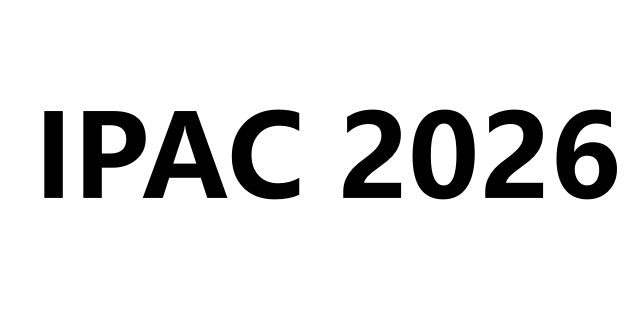SUBMISSION
Call For Papers
Track One: Intelligent Perception
Computer Vision and Image Understanding
Multimodal Sensor Fusion
3D Sensing and Scene Reconstruction
Wireless Sensor Networks and Smart Sensing
Object Detection, Recognition, and Tracking
Environmental Perception for Robotics
Human Activity and Gesture Recognition
Perception Systems for Autonomous Vehicles
Remote Sensing and Intelligent Surveillance
Edge AI and Embedded Perception Systems
Track Two: Autonomous Control
Robot Motion Planning and Control
Adaptive and Robust Control Techniques
Autonomous Decision-Making and Planning
Control of Multi-Agent and Distributed Systems
Autonomous Driving Systems and Safety Control
AI-Based Industrial Process Control
Human-in-the-Loop and Shared Autonomy
Real-Time Control and System Optimization
Reinforcement Learning for Control Systems
Cyber-Physical Systems and Intelligent Automation
Submission
- English is the official language, and the paper must be written in English only.
- A full Paper is required for publication purposes.
- An abstract is required for presentation purposes only.
- The submitted papers must be original and not under consideration elsewhere.
- Authors of formally accepted papers will be required to prepare a presentation, either as an onsite talk or a poster display. At least one author of each accepted paper must register for and attend the conference.
- Please format your paper using the provided template.
- Template Download
- Please submit your full paper in both .doc & .pdf formats to the Submission System. Before submission, you must sign up or log in.
- Submission Link
All submissions will undergo a double-blind peer review by 2-3 experts in relevant fields. Acceptance will be based on the quality of the paper and satisfactory revisions in response to reviewers’ comments. Accepted papers, following proper registration and presentation, will be included in the conference proceedings and submitted for indexing in EI Compendex and Scopus.
*Notes: Academic integrity represents the moral code and ethical policy upheld within academia, encompassing values such as honesty, rigor in research, the avoidance of cheating and plagiarism, and adherence to high academic standards. Scholars are expected to strictly follow these principles; failure to do so grants the review committee the authority to reject a paper outright during the review process. Given that databases are continuously updated, if plagiarism or a high repetition rate is later identified, the publisher reserves the right to reject the paper from publication. In such cases, the author bears full responsibility for any infractions.
Information
Generative AI tools can assist in academic writing but must be used responsibly to maintain research integrity. Authors bear full responsibility for all manuscript content, including AI-generated material. Please follow these guidelines:
1.Language and Formatting:
GenAI tools (e.g., ChatGPT, Grammarly) may be used to improve grammar, spelling, and formatting. Authors must carefully review and edit all AI-generated content for accuracy and coherence.
2.Content Accuracy & Originality:
Verify the correctness of AI-generated text, citations, and data. Use plagiarism detection tools to ensure originality and avoid copyright issues.
3.Figures and Data:
Review AI-generated charts and visuals to ensure they accurately represent the original data and do not mislead.
4.Transparency and Disclosure:
Disclose the use of AI tools in the Methodology or Acknowledgements section, specifying the tool name, version, and specific use (e.g., language editing, data analysis).
5.No Data Fabrication or Manipulation:
Do not use GenAI to create, fabricate, or manipulate data or images in a way that distorts research results.
6.Limitations and Authorship:
GenAI tools cannot replace human research efforts or be credited as authors. Only human contributors responsible for the work should be listed as authors.
2026 International Conference on Intelligent Perception and Autonomous Control
© Copyright IPAC 2026 – All rights reserved.
